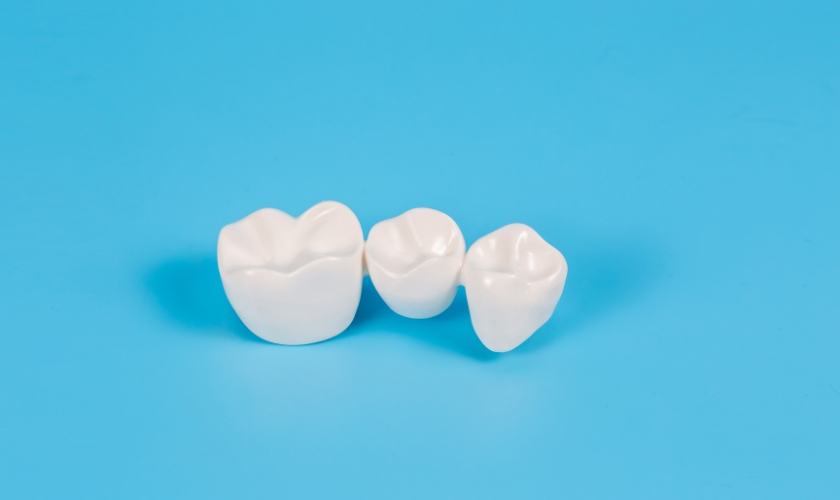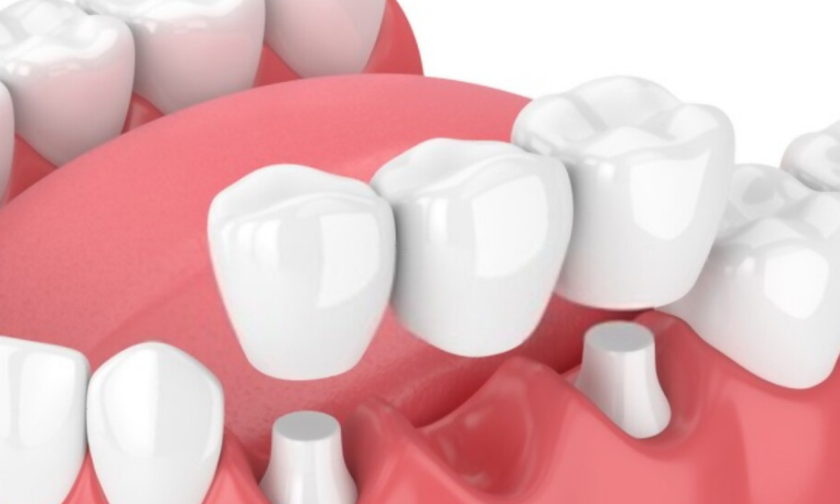
Have you ever felt self-conscious about your smile due to a missing or damaged tooth? If so, you’re not alone. Many people struggle with dental problems that affect their confidence and oral health. However, there’s good news! Crowns and bridges are popular dental solutions that can help restore your smile and improve the function of your teeth. In this blog post, we’ll explore the benefits of crowns and bridges, how they work, who may need them, and what to expect during the process. Say goodbye to hiding your smile – let’s dive in!
What are Crowns and Bridges?
Crowns and bridges are two dental restorations that help improve the appearance and function of your teeth. Crowns, also known as caps, are used to cover a damaged or decayed tooth. They provide protection and support to the tooth while restoring its natural shape.
Bridges, on the other hand, are used to replace one or more missing teeth by anchoring them onto adjacent healthy teeth. They prevent remaining teeth from shifting out of position and restore proper chewing and speaking abilities.
Both crowns and bridges can be made from various materials such as porcelain, ceramic, metal alloys, or composite resin. The material chosen will depend on factors such as location in the mouth, durability needed, aesthetic preferences and cost.
To determine if you need a crown or bridge requires an evaluation by your dentist who will examine your oral health condition carefully. X-rays may also be taken to assess any underlying damage that cannot be seen with the naked eye.
Once you have decided with your dentist which restoration is best for you based on their recommendations; it is important to follow all instructions provided both before during after treatment for optimal results.
The Benefits of Crowns and Bridges
Crowns and bridges are dental restorations that can offer a wide range of benefits for patients. First off, they can restore the appearance of your smile by covering up unsightly teeth or gaps between teeth caused by missing ones. This alone can give a significant boost to your self-esteem and confidence.
But beyond aesthetics, crowns and bridges also have functional benefits. Crowns act as protective caps over damaged or weakened teeth, preventing further damage while still allowing you to use them normally for biting and chewing. Bridges fill in gaps left behind by missing teeth, helping maintain proper spacing among other healthy teeth and preventing shifting that could lead to bite problems later on.
Another key benefit is improved oral health overall. By restoring damaged or missing teeth with crowns or bridges, you’re reducing the risk of developing tooth decay or gum disease in these areas due to exposed roots or unevenly spaced teeth making cleaning difficult.
If you’re experiencing any issues with damaged or missing teeth, consider talking to your dentist about how crowns and bridges may be able to help improve both the look and function of your smile while promoting better oral health over time.
How to Know if You Need a Crown or Bridge
If you’re unsure whether you need a crown or bridge, it’s best to schedule an appointment with your dentist. During your visit, your dentist will examine your mouth and take X-rays if necessary. They’ll then recommend the appropriate treatment based on their findings.
Some signs that may indicate the need for a crown include severe decay, cracked or broken teeth, large fillings that require replacement, and root canal therapy.
Signs that may indicate the need for a bridge include gaps between teeth caused by missing ones and difficulty chewing due to missing molars.
Remember: addressing dental issues sooner rather than later can prevent further damage down the road!
The Process of Getting a Crown or Bridge
The process of getting a crown or bridge is relatively simple, and it usually takes two visits to your dentist. During the first appointment, your dentist will prepare the tooth for the crown or bridge by removing any decayed or damaged areas. Then, they will take an impression of your teeth using either traditional putty or digital technology.
Next, your dentist will send this impression to a dental laboratory where skilled technicians create a customized crown that matches the size, shape and color of your natural teeth. In some cases, you may receive a temporary crown while waiting for the permanent one to be made.
Once the custom-made crown is ready, you’ll return to your dentist’s office for fitting and placement. Your dentist will remove any temporary crowns if applicable and place the permanent one in its proper location ensuring proper alignment with neighboring teeth.
The same goes for bridges: during this second visit after preparing adjacent teeth as needed; placing crowns on those prepared teeth which serve as anchor points for securing artificial prosthetic teeth (pontics) into their correct position.
The Bottom Line
If you’re experiencing any dental issues such as broken or missing teeth, decayed or damaged teeth, or gaps between teeth, then it’s worth considering getting a crown or bridge. With proper care and maintenance, these restorative treatments can last for many years to come.
So don’t hesitate to schedule an appointment with our dentist in Berwyn, IL to discuss whether crowns and bridges are right for you. Your smile deserves the best possible care, and these treatments can provide just that!


